
The nasal spray label resembles that of the FDA-approved epinephrine injection, leading to potential dosing errors.

The nasal spray label resembles that of the FDA-approved epinephrine injection, leading to potential dosing errors.

Pharmacists can help address nicotine addiction by recommending FDA-approved smoking cessation methods and educating on the risks associated with electronic cigarette use.

By aligning the pharmacy revenue cycle with the 340B Drug Pricing Program, organizations can maximize revenue capture from medications while ensuring compliance with 340B requirements, leading to enhanced financial performance and improved care for underserved populations.
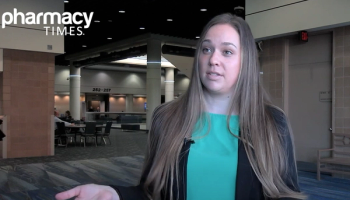
Pharmacists are essential in preventing the significant health and economic burden of respiratory syncytial virus (RSV) infections in older adults through vaccination.
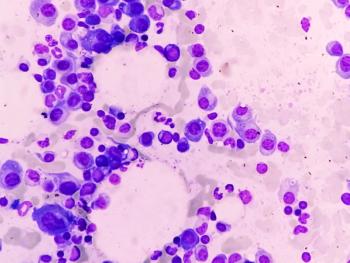
The treatment landscape for multiple myeloma continues to evolve.

Providing crucial information allows patients to take charge of their treatments.

A study in Lancet Haematology revealed that minority ethnic patients face significantly poorer outcomes after hematopoietic cell transplantation compared to White patients.

VGT-1849A could reduce JAK2 activity, lessening the disease burden faced by individuals with PV while providing a favorable safety profile.

Clinical trials will seek to evaluate the immunogenicity and safety of the LBT-SA7 vaccine.

Rates of GBS were similar between Arexvy and Abrysvo, at 0.12% and 0.11% of total reported events, respectively.
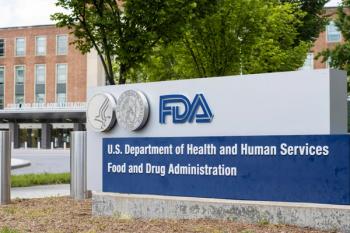
The medication, glepaglutide, is in development for the treatment of adults with short bowel syndrome with intestinal failure who are dependent on parenteral support.
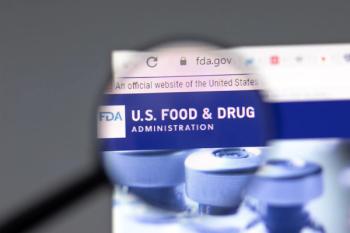
The approval comes after clinical trial results in which vanzacaftor/tezacaftor/deutivacaftor (Alyftrek; Vertex Pharmaceuticals) demonstrated superiority compared with elexacaftor/tezacaftor/ivacaftor and ivacaftor (Trikafta; Vertex Pharmaceuticals).

OraQuick was the first at-home HIV test kit to be approved by the FDA in 2012.

The new approval continues to expand the therapeutic potential of GLP-1 medications such as tirzepatide, now being deemed effective in patients with obstructive sleep apnea.

Vanzacaftor/tezacaftor/deutivacaftor (Alyftek) also received approval for the treatment of cystic fibrosis in people 6 years and older who have at least 1 F508del mutation.

Setmelanotide is indicated to reduce excess body weight and maintain weight reduction long-term for patients with syndromic or monogenic obesity due to Bardet-Biedl syndrome.

Varicella-zoster vaccination could prevent fatal outcome among individuals with disseminated herpes zoster.

The decision is based off favorable results from the BREAKWATER trial.
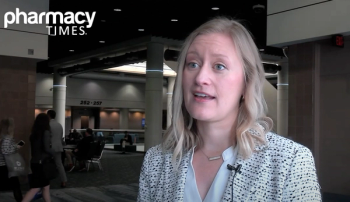
Pharmacists identify appropriate patients for new oral and antibody drug conjugate treatments and provide counseling to help patients navigate the evolving treatment landscape.

Knowing which patients are at higher risk for developing urticaria by analyzing their history of food allergies could lead to better outcomes in this population.
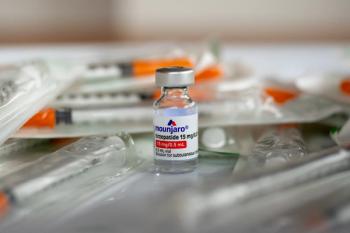
Compounding pharmacies have a 60- to 90-day grace period to complete production as it continues to monitor supply and demand.
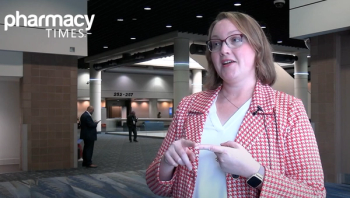
Compounding pharmacies play a vital role in meeting the unique needs of patients, but pharmacists must adhere to strict safety standards and regulations.
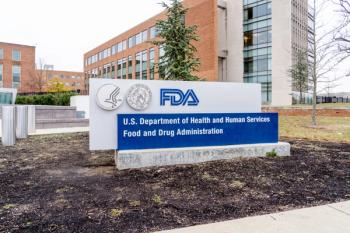
The approval follows positive results from the V005 (NCT03005418) clinical trial.

This could be attributed to improved diet and health awareness.
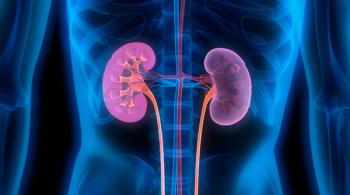
This case highlights the importance of recognizing ICPI-AKI, implementing effective therapeutic interventions, and understanding the clinical context to prevent irreversible renal damage.

The findings show a need for researchers and health care professionals to consider model designs to minimize disparities when diagnosing perinatal mood and anxiety disorders (PMADs).

The rare genetic disease is a severe hypertriglyceridemia that can lead to potentially life-threatening acute pancreatitis.

The evolving regulatory policies around biosimilar interchangeability is crucial for driving successful biosimilar adoption in the marketplace.

New mechanisms of action are proving more effective than ever, offering slowed progression.

Phage therapy, which uses lytic bacteriophages to target antibiotic-resistant bacteria, has resurfaced as a promising treatment for multidrug-resistant infections, but faces challenges in regulation, production, and clinical implementation despite its growing evidence of efficacy.